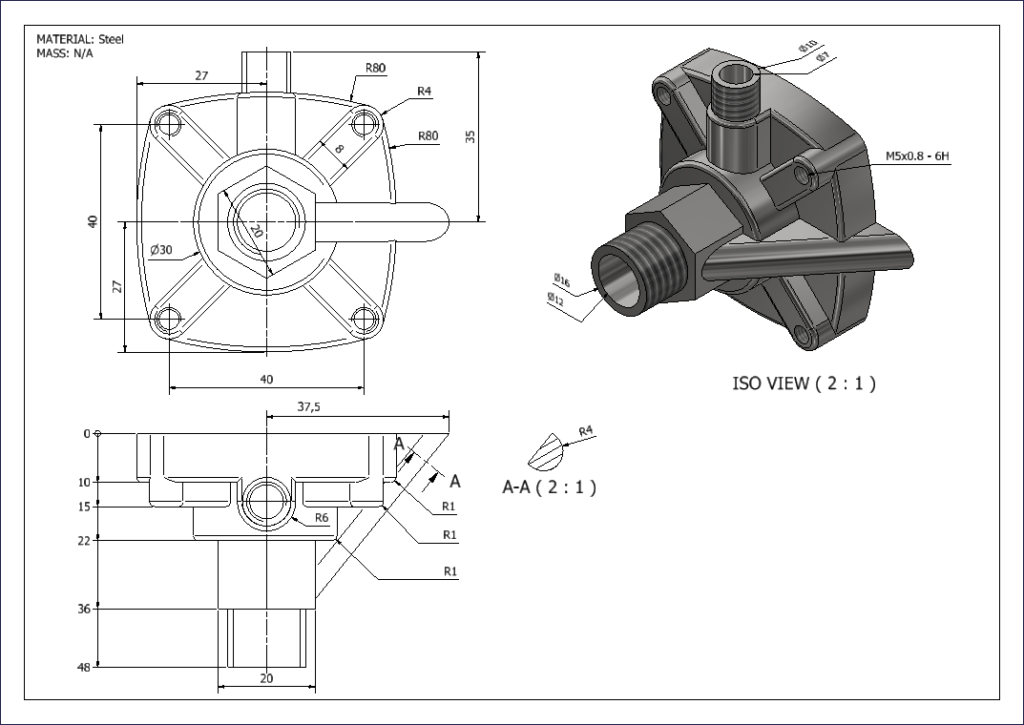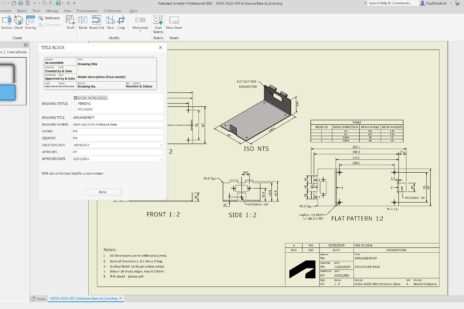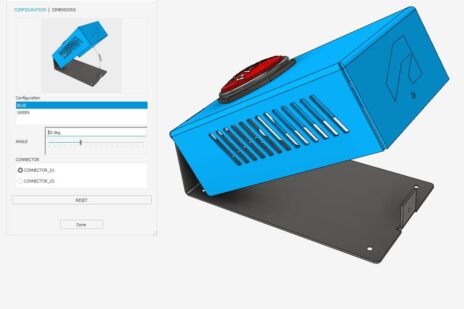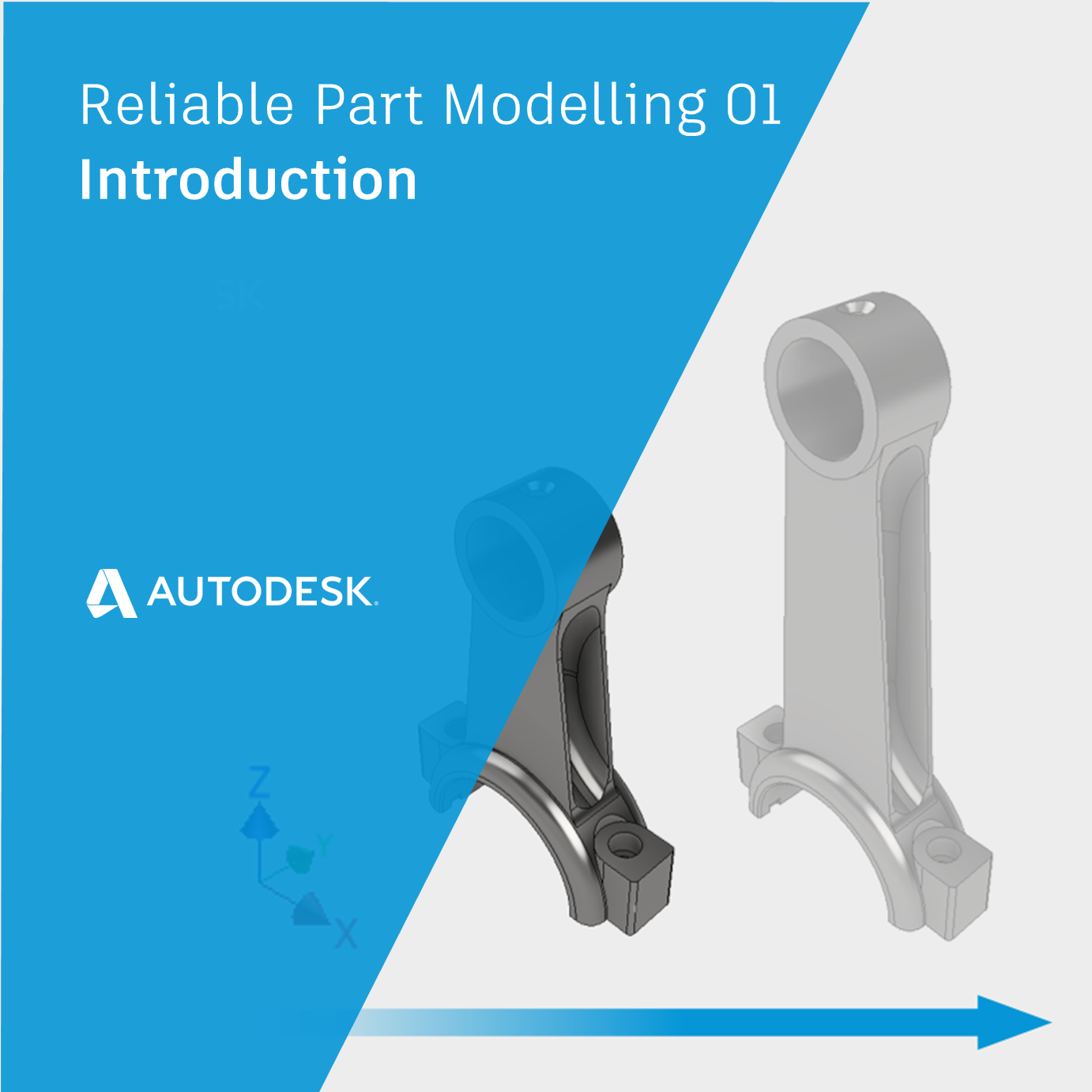
Why is parametric modelling so hard? One minute you have a perfectly good model, looking fine, the next minute EXPLOSION!
I know that this has happened to you – it’s happened to me too.
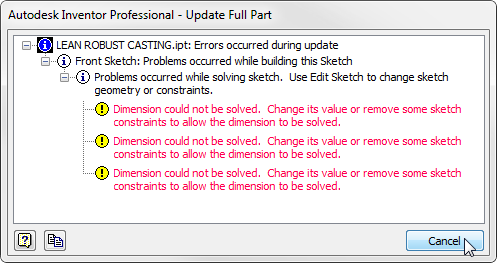
How to use Inventor properly?
When I’m teaching Inventor I’m often asked:
‘How do I use Inventor properly?’
Of course – there is no ‘Right’ way to use Autodesk Inventor. It’s a tool just like any other. We can use it for lots of different tasks, and in lots of different ways – all of them correct.
So, how can we quantify a ‘well modelled’ part?
I’ve given this a lot of thought – and I can only come up with two criteria.
- The geometry must be correct (that’s a given).
- The part must be easy to update (this is the tricky part).
The benefit of parametric modelling
Autodesk Inventor allows us to build parametric models. Models that can easily change by adjusting the value of a parameter.
This is awesome for building models that need to be adjusted in a predictable fashion (configurable designs). Or building families of components that are very similar (copy and paste, adjust a parameter, job done).
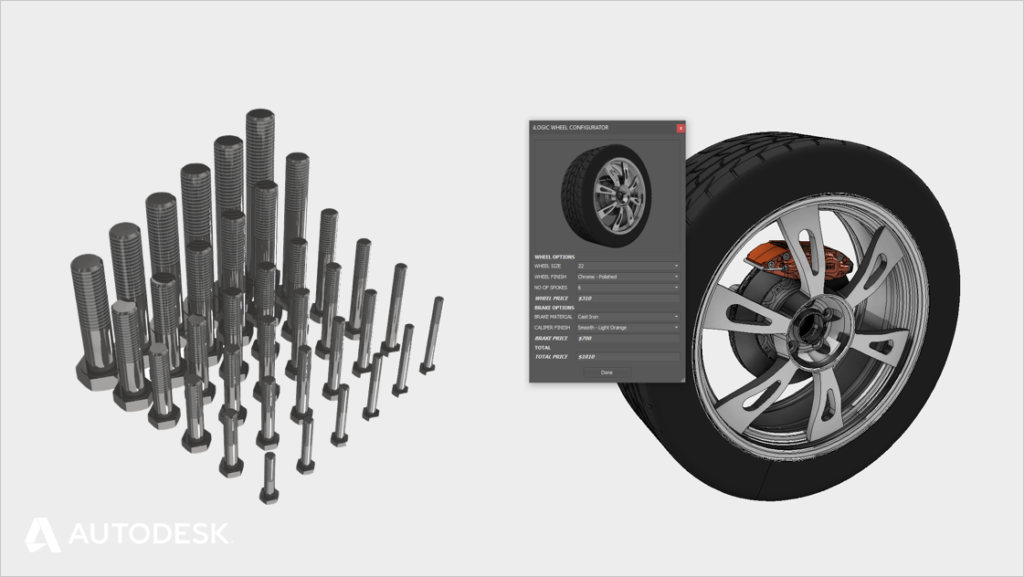
The problem with parametric modelling
The problem with parametric modelling, is that we must model in 4 dimensions.
We model in the usual three dimensions, and we must also consider Time, or the way our model might change over time.
This change over time is referred to as ‘Design Intent’. Building a model that can change in a predictable fashion takes a little thought and some planning.
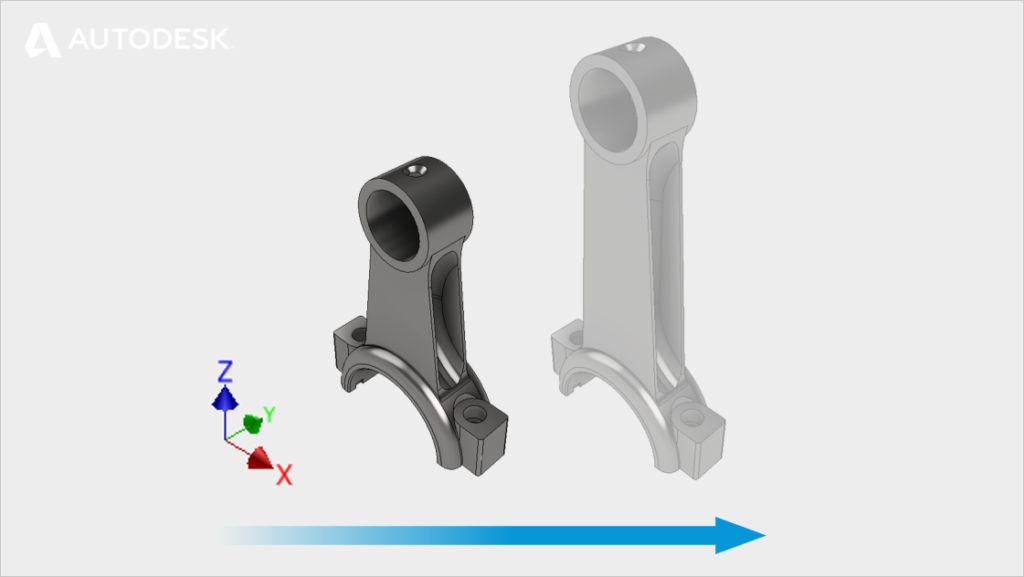
The problem with parametric modelling is…
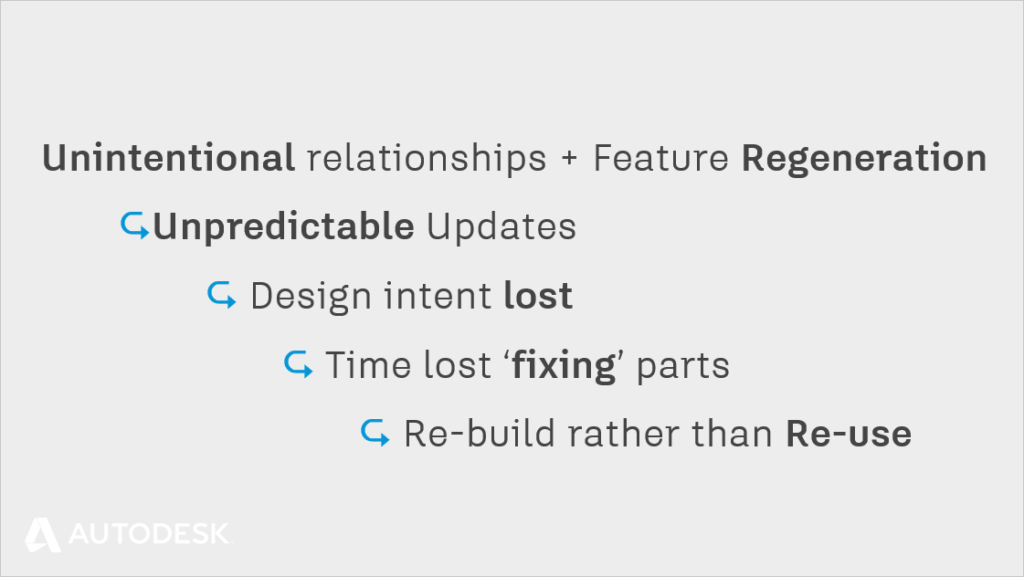
- It’s easy to unintentionally create relationships (Booby traps!).
- Editing a feature causes all subsequent features to regenerate.
- Part updates become unpredictable.
- Design intent is lost.
- Time is lost ‘fixing’ parts, or re-modelling from scratch.
- We would rather build our own parts, than re-use someone else’s.
Reliable modelling technique
Reliable modelling technique takes effort up front. Back in the day, working productively in AutoCAD meant mashing the keyboard faster.
Working productively in Inventor is more like playing chess. It pays to sit back and think about what we’re going to do before we start.
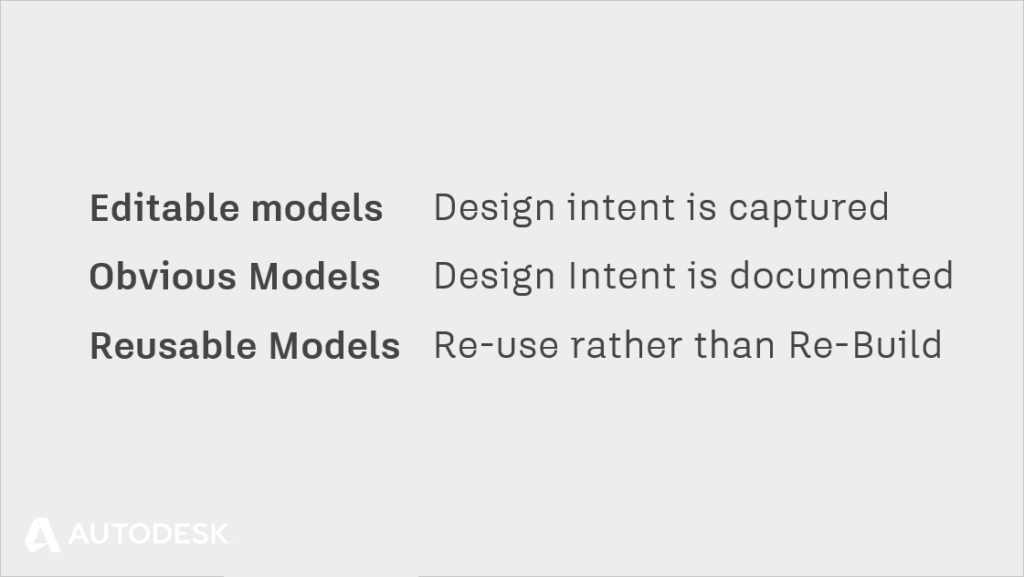
Reliable modelling requires a plan.
Reliable modelling gives us…
- Editable models – Design intent is captured.
- Obvious models – Design intent is documented.
- Reusable models – We would rather re-use than rebuild.
Design Intent | Reliable Part Modelling 02
This blog post is based on an Autodesk University class, by Luke Mihelcic and Paul Munford. You can watch a recording of the class, and download a handout that goes with this presentation from the Autodesk University website here:
MFG226705: Reliable Modeling Techniques for Complex Part Design in Inventor
Edit 2020/11/24
This class was updated and repeated for Autodesk University 2020. You can find the revised version of the class, with video, handout, and dataset here:
‘Reliable Modeling Techniques for Complex Part Design in Inventor’ At AU2020
We also created a second part to the class: ‘Reliable Techniques for Complex Assembly Design in Inventor‘ – Here’s the link:
‘Reliable Techniques for Complex Assembly Design in Inventor’ at AU2020
